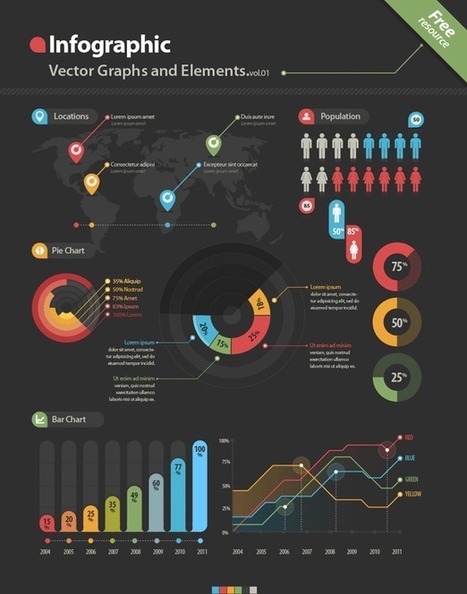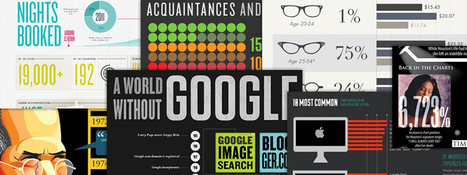Curated by Beth Kanter
http://www.bethkanter.org
There are a lot of tools that can help you create an infographic, but if you want to work for your nonprofit you need some design skills. But a good infographic is not just about being a pretty picture, it requires research and making sure that it is conveying the right message. Designing infographics is a hybrid design skill - falling somewhere inbetween print, web, and data visualization skills.
This post summarizes the design process:
1. Define concept and goals
2. Use reliable resources
3. Data should have a flow or tell a story
The article is written for designers so the 4th principle is get client feedback. For nonprofits, it means getting some feedback from people who are your intended audience - almost like beta testing a web site.
Has your nonprofit hired a designer to create an infographic or create a DYI version? What are your tips and best practices.
Via
Lauren Moss



 Your new post is loading...
Your new post is loading...











Infographic resources